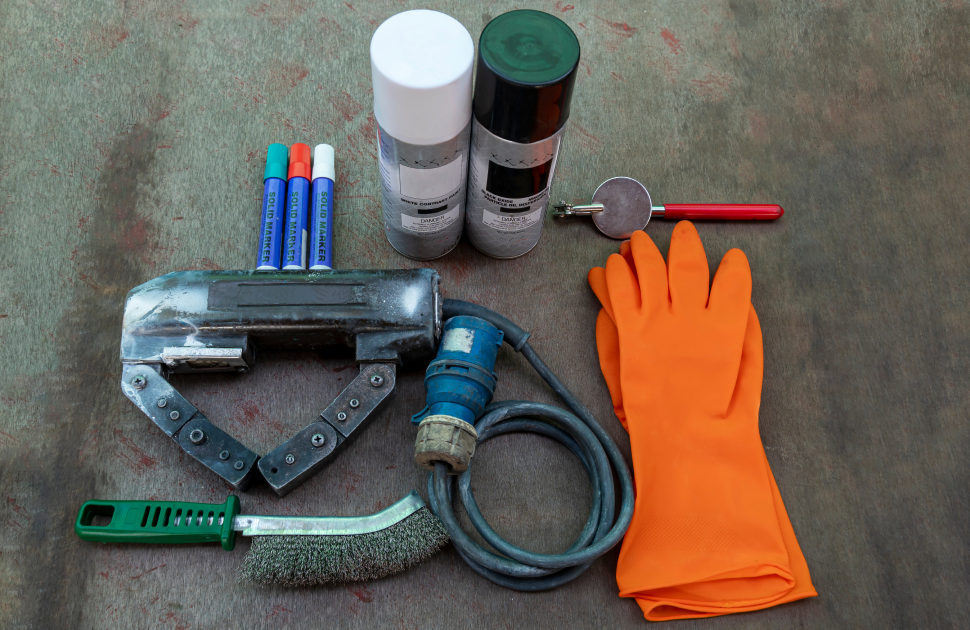Non-destructive testing (NDT) is an essential tool used in various industries to ensure the safety and reliability of materials and structures. NDT is a process of inspecting materials and structures without causing damage or altering their properties. This means that the material or structure can be tested and inspected without having to be dismantled or destroyed. There are several methods of NDT that are used, each with its own specific advantages and limitations. Here, we will discuss some of the most commonly used NDT products.
Ultrasonic flaw detectors are one of the most commonly used NDT Products. They are portable devices that are used to generate and detect ultrasonic waves in order to detect internal defects in materials. Ultrasonic waves are high-frequency sound waves that can penetrate materials and reflect off of internal structures, allowing for the detection of defects such as cracks, inclusions, and laps. Ultrasonic flaw detectors often include a transducer that generates the ultrasonic waves, a display screen to show the results, and controls for adjusting the test parameters. This type of testing is particularly useful for metals, as sound waves can easily penetrate through metals and other dense materials.
The Radiographic Films are another commonly used NDT product. It is the traditional medium used to capture X-ray and gamma-ray images of materials. The radiographic film is sensitive to radiation and can produce detailed images of internal structures of materials, which can reveal defects such as cracks, voids, and porosity. Radiographic testing is particularly useful for detecting defects in thick sections of materials, where other methods may not be able to detect the defect. The radiographic film is also commonly used in the aerospace and nuclear industries for inspecting critical components.
Magnetic particle inspection equipment is another widely used NDT product. This equipment is used to detect surface and subsurface discontinuities in ferromagnetic materials. It includes a power supply, yoke or prods, and a magnetic field indicator. The material being tested is magnetized, and magnetic particles are applied to the surface. Any cracks or other defects in the material will cause a distortion in the magnetic field, allowing for the detection of the defect. Magnetic particle inspection is commonly used in the automotive and aerospace industries, where components are made from ferromagnetic materials.
Liquid penetrant inspection materials are also commonly used in NDT. These materials include the liquid penetrant (dye) and the developer used in liquid penetrant inspection. The liquid penetrant is applied to the surface of a material, which is then drawn into any surface-breaking discontinuities, making them visible for inspection. This type of testing is particularly useful for detecting surface defects such as cracks, porosity, and corrosion. Liquid penetrant inspection is commonly used in the manufacturing and aerospace industries, where surface defects can lead to component failure.
Video borescopes are also commonly used in NDT. These are small cameras on the end of a flexible tube, which are inserted into small openings, such as engine cylinders, to provide a view of internal structures and components. They are used in visual inspection of hard-to-reach areas. Video borescopes are particularly useful for inspecting components in the aerospace and automotive industries, where components are often difficult to access.
In conclusion, there are several different types of NDT products available, each with its own specific uses and advantages. Ultrasonic flaw detectors are useful for detecting internal defects in materials, while radiographic film is useful for detecting defects in thick sections of materials. Magnetic particle inspection equipment is useful for detecting surface and subsurface discontinuities in ferromagnetic materials, while liquid penetrant inspection materials are useful for detecting surface defects. Video borescopes are useful for inspecting hard-to-reach areas.

.png)








